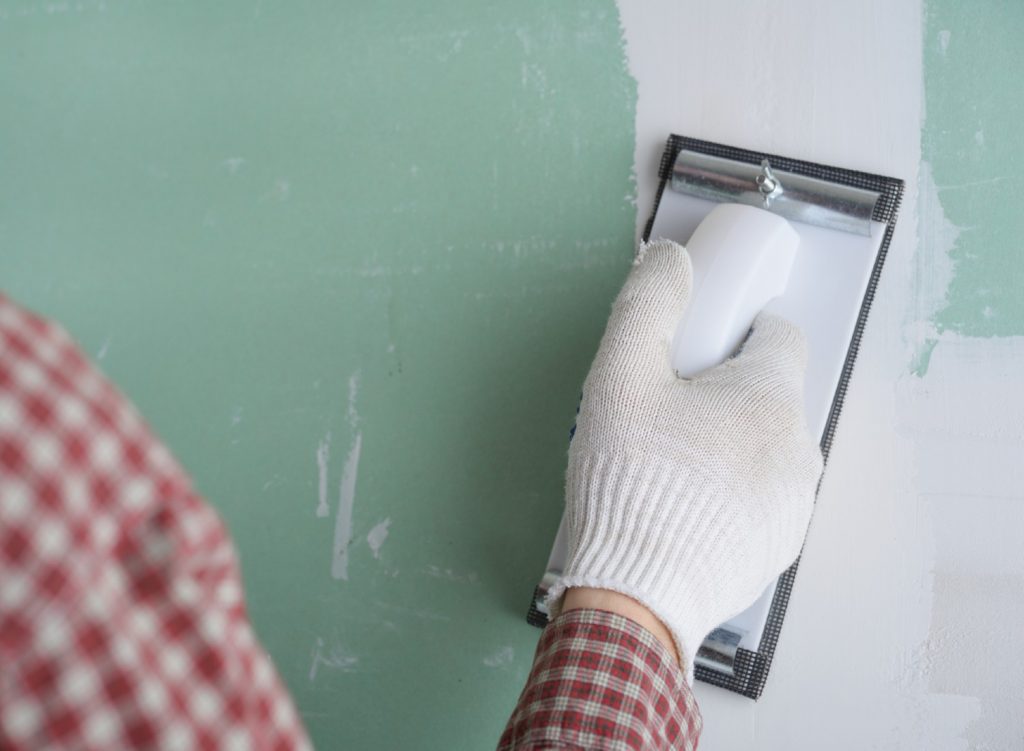3 Popular Drywall Finishes and How to Do Them Yourself

Whether you’re an experienced DIYer or just starting with home improvement projects, achieving a flawless drywall finish can transform the aesthetic appeal of any room. While hiring a professional is an option, the satisfaction and cost-effectiveness of doing it yourself are hard to beat.
With the right tools, you will find it’s simpler than it looks. All you need is a little patience. In this guide, we’ll delve into three popular drywall finishes that can elevate the look of your walls and ceilings, and we’ll provide step-by-step instructions to help you master these techniques.
Surface Preparation
Before diving into any drywall finishing technique, it’s essential to emphasize the importance of proper surface preparation. This initial step sets the foundation for a flawless finish. Start by inspecting the drywall for any imperfections, such as dents, dings, and fix protruding screws with a drywall screw gun. Use joint compound or spackle to fill in these irregularities. Ensure a smooth and even surface.
Additionally, take the time to clean the walls thoroughly. Remove any dust or debris that could compromise the adhesion of the finishing materials. A well-prepared surface not only enhances the final result but also makes the application of joint compound or texture much more manageable. So, invest the time in meticulous surface preparation to reap the rewards of a professional-looking and long-lasting drywall finish.
Smooth Finish
The smooth finish is a timeless choice that imparts a sleek and sophisticated appearance to your walls. Achieving a smooth finish requires patience and precision, but the results are well worth the effort. Begin by applying a thin coat of joint compound over the drywall seams and screws, feathering the edges to create a seamless transition.
After each coat dries, sand the surface until it’s smooth, gradually progressing to finer grit sandpaper for a polished look. Repeat this process until you achieve the desired level of smoothness. Consider using a drywall sander for more efficient and even results.
Textured Finish
If you prefer a more textured and visually interesting surface, textured finishes are the way to go. Popular options include the knockdown, orange peel, and popcorn textures. To create a knockdown texture, apply joint compound with a sprayer or roller, then use a wide drywall knife to flatten and lightly knock down the peaks.
For an orange peel texture, thin the joint compound, and spray it on the wall. To achieve the popcorn texture, mix joint compound with water until it’s thick enough to hold its shape, then apply it with a sprayer. Experiment on a small section of drywall to perfect your technique before tackling the entire surface.
Skip Trowel Finish
For a rustic and artisanal look, the skip trowel finish adds depth and character to your walls. This technique involves applying joint compound in a random pattern, skipping the trowel across the surface to create subtle peaks and valleys. The result is a textured finish that exudes warmth and charm.
Begin by applying a base coat of joint compound using a roller, and while it’s still wet, use a skip trowel to create the desired texture. Allow it to dry, and then sand any rough spots before applying a thin glaze for added durability and a polished finish. Vary the pressure and angle of the trowel to achieve a natural and uneven texture.
Conclusion
Transforming your walls with a professional-looking drywall finish is a rewarding DIY project that enhances the beauty of your home. Whether you opt for the classic elegance of a smooth finish, the textured appeal of knockdown or orange peel, or the rustic charm of a skip trowel finish, following the proper steps is crucial to achieving the best results. Remember to invest in quality tools, take your time with each step, and enjoy the process of turning a blank canvas into a work of art. With these techniques in your DIY arsenal, you’ll be well on your way to creating stunning and personalized spaces within your home.
